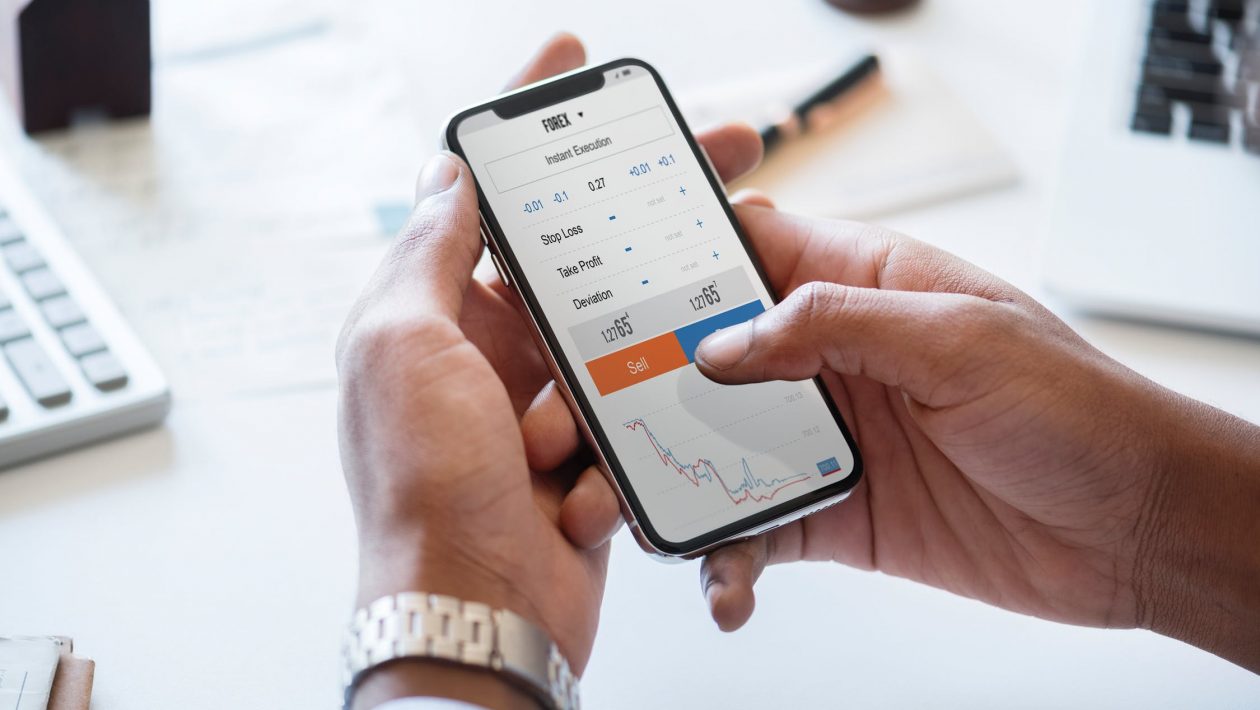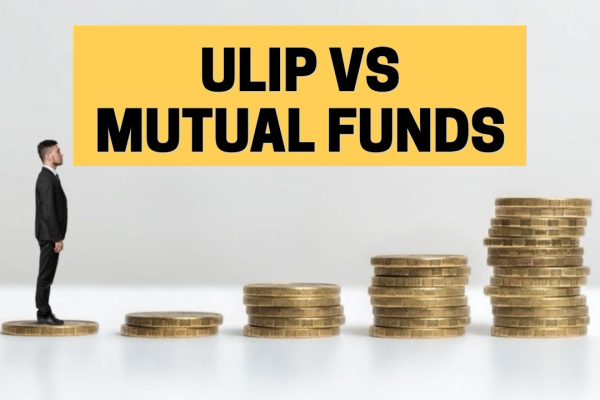In the financial world, the idea of risk and return are entirely opposing, and a proper tradeoff between them can bring you mental peace. Your risk taking capabilities will strongly depend on your age, your income potential, and your investment goals. It is a choice between a significant financial risk in your investment decision or to remain on the safer side to get a modest return. An investor should know about the wise way of making a portfolio of investment with some amount of risk, and safety for the investments.
With a low level of risk, the potential of the return generally tends to be a small and high level of risk is associated with higher returns. However, with a risk, the actual return may be significantly different from what was expected from the investment. Return is the gain or the losses that are resulted out of making an investment and risk may result in losing a portion or all of your investment. You can measure the amount of risk with standard deviation by using statistics to gain a meaningful understanding of the extent of risk involved in an investment. The risk remains very important to make a significant gain, and it is essential for you to understand the dynamics of risk and return in more significant details.
Meaning of risk:
A risk is defined in the dictionary of the investment world as a chance of getting a different return from the expected return out of an investment. The high potential of returns or the low potential of returns is associated with high risk or the low risk respectively. The tradeoff between the risk and the return is related to a proper balance between desires for highest return with low possible risk. In the following paragraphs, you will understand more about the different types of risks apart from the two main categories of risk.
The two main types of risks, the systematic risk and the unsystematic risk that affect returns, are here for you to understand:
What is a systematic risk?
The systematic risk is also popularly termed as the not diversifiable risk or the market risk. It deals with the uncertainty of the risk inherent in the entire segment of the market and refers to the volatility of everyday stock prices. Volatility is the measure of the risk, and it measures the behavior of an investment, not related to the reason for the action. Volatility is essential for returns, as it helps people to make money through the volatile nature of the stocks. The unstable environment of the investment gives a better chance of a dramatic change of returns in either way is there.
What is an unsystematic risk?
The unsystematic risk is also popularly known as diversifiable risk or specific or residual risk. In such a risk, there is uncertainty in the investment with a company or an industry, and it can only be reduced by diversification. Example of an unsystematic risk may be, for example, the news about the strike of employees in a company affecting the stocks where you have shares.
A few other types of risks that are also worth mentioning for you to know:
A default or credit risk:
The credit risk of an individual or a company is the inability of paying the contracted principal or interest on the debt obligations. The investors those are having bonds in the portfolio are particularly concerned about this type of risks. Among the relationships, the government bonds run the least amount of risk and hence there is a little return. On the other hand, corporate bonds have a higher rate of interest with higher default risk.
Bonds having a lower possibility of default are also considered as investment grade, and the bonds that have a higher likelihood of default are regarded as junk bonds. Famous rating services for bonds allow the investors to judge the bonds for investment grade and junk grades.
The country risk:
This type of risk is related to the likelihood that a specific country is unable to honor the commitments for its financial matters and fails on obligations to pay. Such kind of risks can adversely affect the performance of the financial instruments of the country along with the all the countries it is having a relationship. This risk relates to the stocks, mutual funds, bonds, options as well as futures issued by a country. Emerging countries or market that are having a severe budget deficit, often exhibit this type of risk.
The risk of Foreign Exchange:
Many times, investors exchange in different countries for which they need to consider the Foreign-Exchange risk. While investing in a foreign country, you should know that the pricing of the assets can get changed with the fluctuation of currency exchange rate. It also applies to other financial instruments that are having a currency different from the domestic currency. Thus, even if the value of the share for an investment increases, you may incur losses, when the currency of the country where the investment has been made depreciates substantially.
A risk associated with the interest rate:
In the risk for Interest rate, the value of investment gets changed due to the change in the interest rates. However, this type of risk will affect the value of the bonds more than the value of shares.
The political risk:
A sudden change of policies by the government of a country affects such type of financial risk known as political risk. It is one of the main reasons why the developing countries are devoid of making substantial foreign investments.
Apart from the risks as mentioned above that influence the return, few additional factors also influence actual return and are indicated in the following paragraphs:
About the Taxes:
There are various types of taxes for multiple investments, and it affects the return directly. The tax bracket of the taxpayer and investment account type held will impact on investment returns. There are certain gains in investments that are not taxable like the gain on an investment held for an account for retirement until it is withdrawn.
Fees:
The return on investment may also decrease due to the payment of the brokerage fees or the management fees.
Conclusion:
Risk and Return are intimately connected, and in every business, there is some amount of risk involved. It is possible to quantify the risk both in absolute and relative terms for better understanding. It is essential that the investors understand the concept of risk to make a wise investment.









